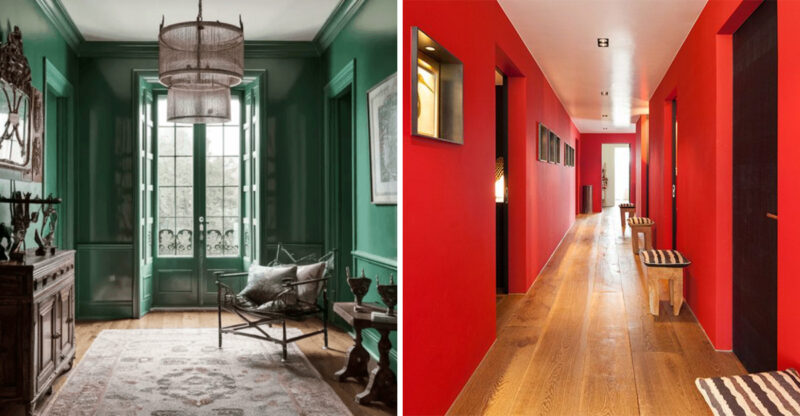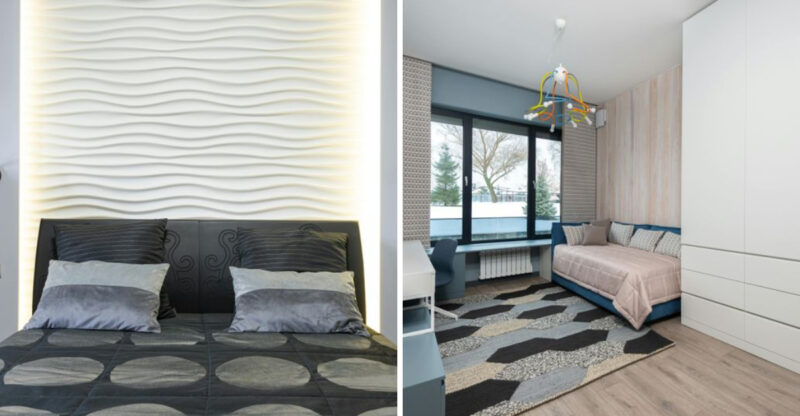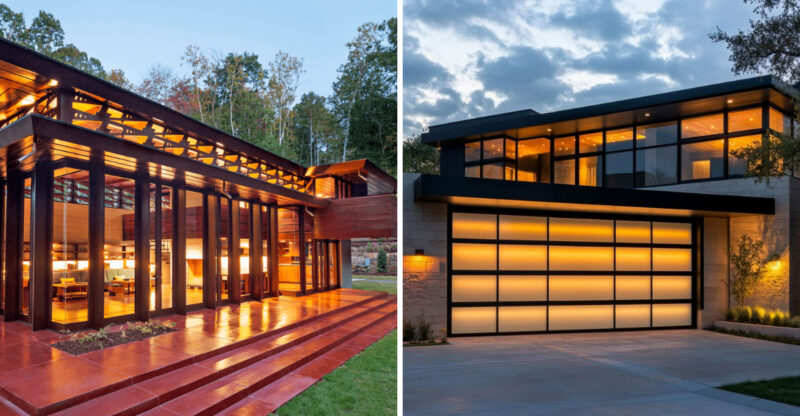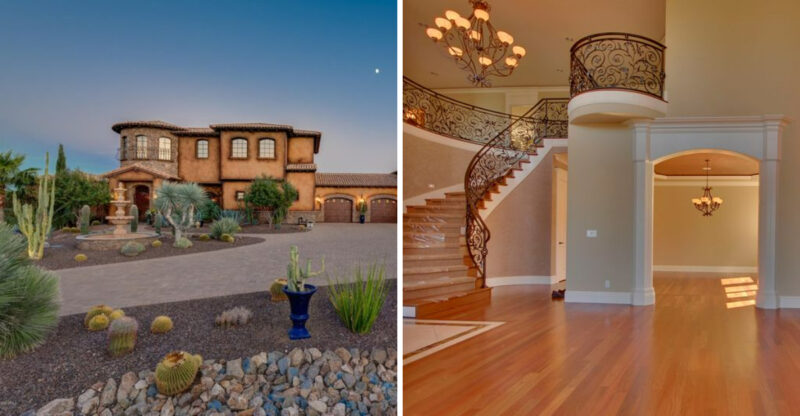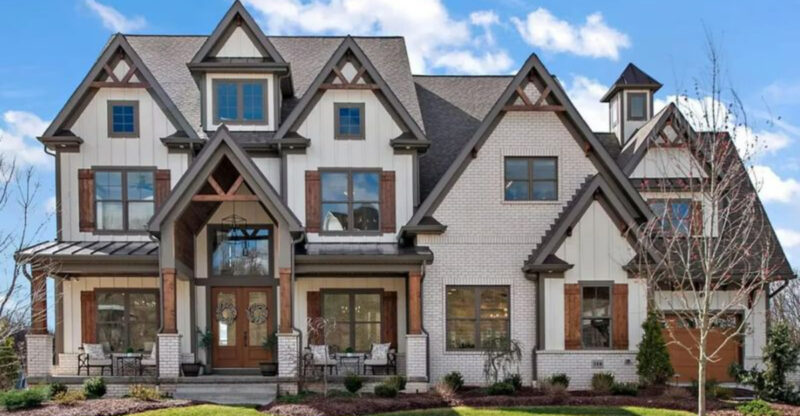Features That May Cause A House To Look Outdated
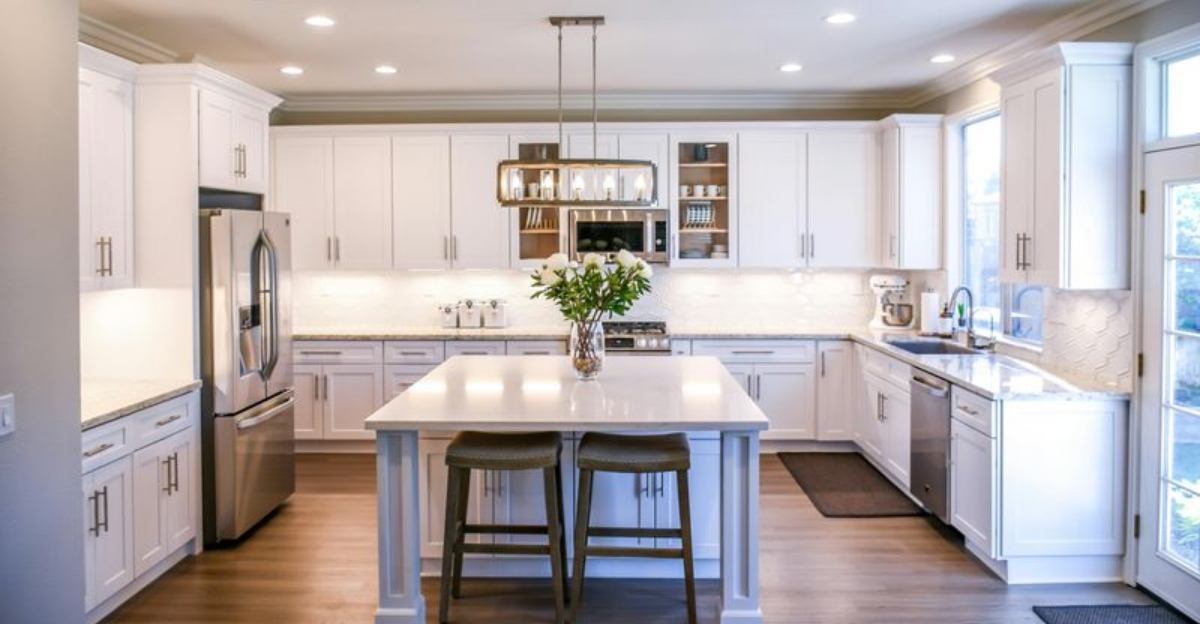
Homes, like fashion, can fall victim to passing trends that eventually make them look stuck in time. Walking into some houses feels like stepping into a time capsule from decades past. Understanding which features date your home can help you make smart updates that boost both appearance and value without breaking the bank.
This article is meant to provide helpful ideas and inspiration. Results may vary based on your space, budget, and personal preferences. Consider your own circumstances and consult professionals when needed.
1. Honey Oak Cabinets
The golden-toned oak cabinets that dominated kitchens throughout the 1980s and 1990s instantly age a home. Their yellow undertones and cathedral-style arched designs feel particularly old-fashioned to today’s buyers.
Homeowners now prefer sleeker, cleaner cabinet styles in white, gray, or darker wood tones. The good news? You don’t necessarily need a full replacement – painting existing cabinets or replacing just the doors can dramatically modernize your kitchen’s appearance.
2. Brass Fixtures
Shiny yellow brass doorknobs, light fixtures, and bathroom faucets were status symbols in the 1980s. Their gleaming surfaces once signaled luxury but now mark a home as behind the times.
Contemporary homes feature fixtures in matte black, brushed nickel, or the warmer tones of champagne bronze or copper. Swapping out these small details makes a surprisingly big impact. Even better, this update requires minimal investment compared to larger renovation projects.
3. Tuscan Kitchen Trend
Dark cherry cabinets, granite countertops in gold-brown tones, and wrought iron accessories dominated the early 2000s with the Tuscan kitchen trend. These Mediterranean-inspired spaces often featured ornate details and heavy, dark wood elements.
Today’s kitchens embrace lighter colors, cleaner lines, and more minimalist styling. The heavy, ornate look has given way to brighter spaces with simpler aesthetics. Lighter countertops in quartz or marble-look materials have replaced the speckled granite patterns of yesteryear.
4. Carpeted Bathrooms
Wall-to-wall carpet in bathrooms was surprisingly popular in the 1970s and 1980s. The idea was to create warmth underfoot, but the practical issues became quickly apparent.
Moisture and carpeting don’t mix well, leading to mildew, staining, and hygiene concerns. Today’s bathrooms feature waterproof flooring like ceramic tile, luxury vinyl, or even heated tile for comfort. The switch not only updates appearance but also significantly improves functionality and cleanliness.
5. Vertical Blinds
Those long, dangling plastic slats that covered sliding glass doors throughout the 1980s and 1990s are immediate indicators of an aging home. They’re known for collecting dust, breaking easily, and making that distinctive clattering sound when disturbed.
Current window treatment trends favor softer options like curtains, fabric shades, or wooden blinds. For sliding doors specifically, panel curtains or cellular shades offer better functionality and style. This simple switch can dramatically transform the feeling of a room.


